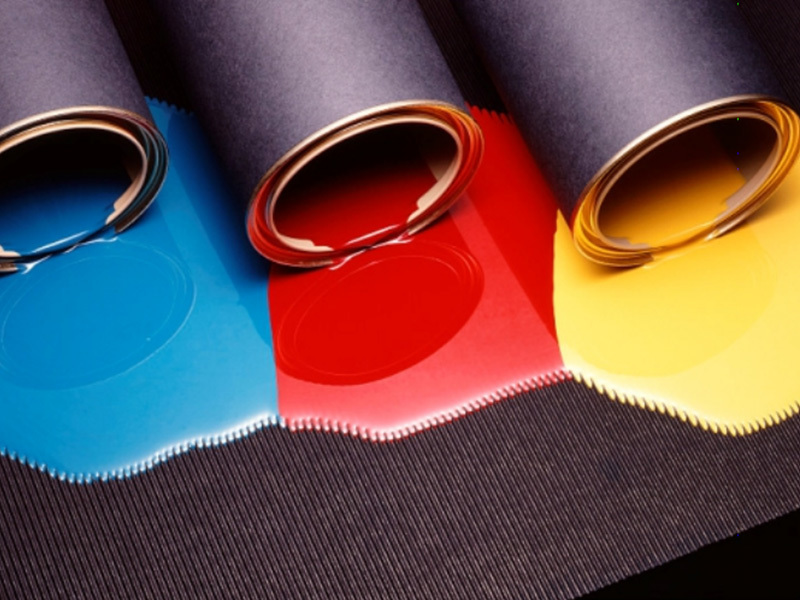Dispersants are also surfactants, including anionic, cationic, nonionic, polymeric and other types, among which anionic types are more commonly used. Dispersants are suitable for powders or powders that are easily affected by moisture and agglomerate. After addition, they can effectively loosen and prevent agglomeration without affecting the performance of the main body.
Usually, the use of wetting dispersants can shorten the grinding time and improve the dispersion efficiency, and the wetting effect is better. However, in order to obtain better coating performance, water-based dispersants are used in resin liquids containing active groups, and the wetting dispersants must be adsorbed on the surface of the pigment particles first.
Precautions for using wetting dispersants
- The order of adding color paste abrasives is to add solvent first, then wetting dispersant, then pigment, and then resin liquid.
- Pigment surface characteristics. For inorganic pigments, you need to know the acidity and alkalinity of the surface.
- Is the active group of the resin acidic or alkaline?
- Then choose the wetting dispersant based on the characteristics of the pigment surface, the active group of the resin, and the acidity and alkalinity strength. Be sure to pay attention to the acidity and alkalinity relationship between the three.

